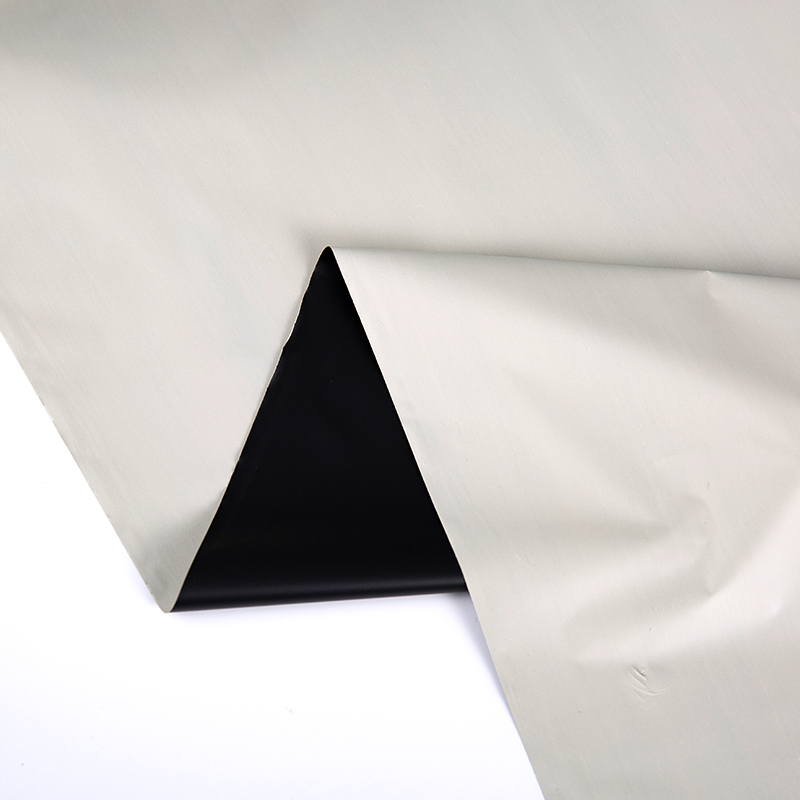Product Consultation
Your email address will not be published. Required fields are marked *
Improving the recyclability of blackout TPU films while maintaining their opacity and light-blocking efficiency involves a combination of material innovation, process optimization, and sustainable practices. Here are some key strategies:
Use of Recyclable TPU Grades
Thermoplastic Polyurethane (TPU) inherently has good recyclability, but traditional blackout films contain carbon black and other pigments that can complicate recycling.
Developing specialized TPU grades that maintain high opacity without using carbon black can improve recyclability.
Non-toxic, easily dispersible pigments or nano-fillers can be used to achieve blackout properties without affecting the recyclability of the polymer matrix.
Optimization of Additives and Fillers
Conventional blackout TPU films rely on carbon black, which can negatively impact recyclability by interfering with mechanical recycling processes.
Using biodegradable or recyclable fillers, such as bio-based black pigments or organic-based light-blocking agents, can enhance sustainability.
Some novel reflective pigment technologies can block light without excessive carbon black, making mechanical recycling easier.
Development of Monomaterial Structures
Blackout TPU films are often laminated with other materials (e.g., polyester, PVC, or metalized layers) that hinder recyclability.
Using monomaterial TPU constructions rather than composite films ensures easier sorting and reprocessing in recycling systems.
Multi-layer TPU films with co-extruded blackout layers instead of adhesive-laminated layers improve recyclability while maintaining opacity.

Mechanical Recycling Enhancements
Traditional mechanical recycling of TPU often faces challenges due to contaminants, pigment dispersion, and degradation of material properties.
Developing advanced filtration and separation techniques in recycling facilities can help recover TPU material without pigment contamination.
Implementing closed-loop recycling systems within manufacturing facilities ensures that production scraps and post-consumer waste are efficiently repurposed.
Chemical Recycling Innovations
Chemical recycling processes, such as hydrolysis or glycolysis, can break TPU down into its base components for reuse.
Advanced solvent-based recycling methods can selectively dissolve TPU while removing carbon black or other pigments.
Developing depolymerization techniques that work specifically for blackout TPU can allow recovery of high-purity raw materials for new film production.
Incorporation of Bio-Based TPU
Using bio-based TPU derived from renewable sources (e.g., plant-based polyols) can reduce the environmental impact of blackout TPU films.
Some bio-based TPU formulations maintain excellent light-blocking properties and recyclability, making them a sustainable alternative.
Designing for Circular Economy
Manufacturers can design TPU blackout films with easy separation and reusability in mind, avoiding non-recyclable coatings or adhesives.
Encouraging take-back programs or closed-loop production models can significantly improve material recovery rates.
Partnering with recycling companies to develop standardized recycling protocols for TPU films will ensure better waste management and material reuse.
Your email address will not be published. Required fields are marked *
You can contact to me using this form.
Copyright © 2023 Kunshan Red Apple Plastic New Material Co., Ltd. All Rights Reserved.
